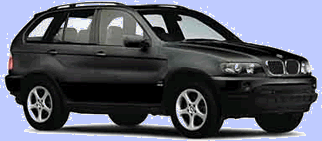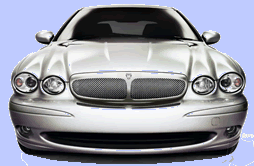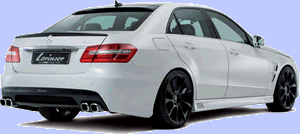Converting your vehicle to LPG, provides your vehicle with an additional fuel system. Whilst the process is called a conversion, it is perhaps more precise to call it an enhancement, as the existing fuel system is left as is. The LPG system is added to the vehicle and can operate either as well as or instead fo the existing fuel system.
Everything about your vehicle remains the same, accept that it has an additional fuel system, is now greener and more economical to run. Some vehicle will experience and increase in the amount of power (due to the nature of the way LPG burns in the engine providing better combustion and more power – read more).
As an entire fuel system fuel system is added to your vehicle, an LPG system requires, a tank, its own fuel lines, a computer (Engine Control Unit) and fuel injectors.
Inside the car, a gauge and display/alarm mechanism is fitted to enable you to control the system and to alert you if required.
Below each part of the LPG system is explained.













